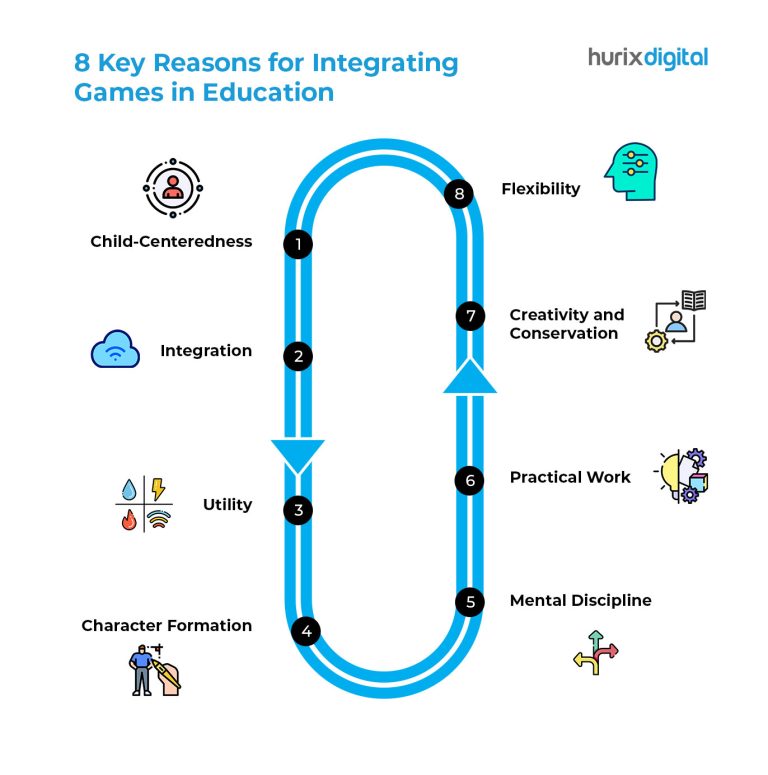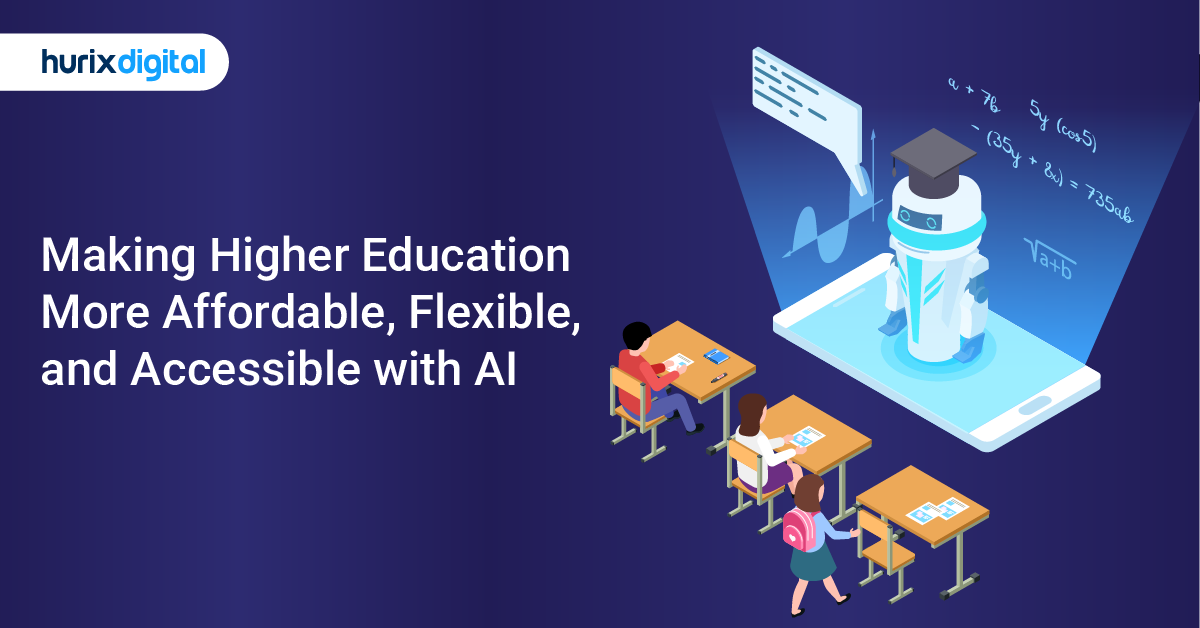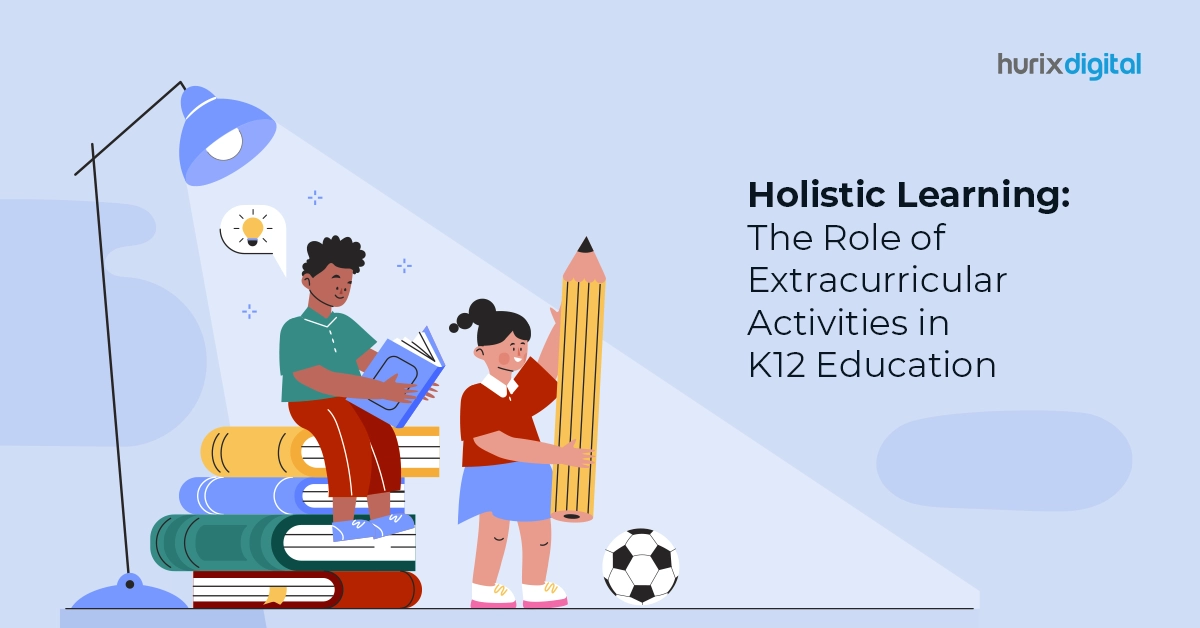
The Key Principles of Effective Curriculum Development & Design
Learn the fundamental principles of effective curriculum development, focusing on how to create structured, relevant, and engaging educational programs that meet learners’ needs.
The curriculum is the backbone of any nation’s education system. Designing a good curriculum is paramount for achieving quality education.
While there is no right or wrong approach to curriculum development, following the principles of curriculum development is essential for designing a balanced curriculum.
Without these principles, the curriculum design will likely lack the learning experiences required to nurture a child’s balanced development. Before we discuss these principles, let’s first understand the basics of the curriculum development process.
Table of Contents:
- What are the Types of Curriculum Development Designs?
- What are the Main Principles of Curriculum Development?
- Goals of Incorporating Curriculum Principles
- Best Practices and Future Trends for Working on the Principles of Curriculum Design
- Aligning the Curriculum with SMART Objectives
- Emphasis on Assessment and Feedback
- Logical Structuring of Content
- Building Flexibility, Accessibility, and Adaptability
- Technology and Innovation in Curriculum Design
- Application of Global and Cultural Perspective
- Prioritizing Lifelong Learning Skills
- Evaluate and Refine the Curriculum
- Wrapping Up!
- Frequently Asked Questions (FAQs)
What are the Types of Curriculum Development Designs?
Here are some significant types of curriculum development designs:
1. Problem-Centered Model
Problem-centered curriculum designs help students develop critical thinking, problem-solving, and communication skills. The basic idea is to provide a highly interactive learning environment wherein the students are given problems and encouraged to find solutions after careful observation.
2. Subject-Centered Model
Subject-centered curriculum designs focus on a specific discipline or subject matter rather than on the students. They follow the traditional approach, which includes four curriculum design subtypes: discipline, subject area, correlation, and broad field.
3. Learner-Centered Model
Learner-centered curriculum designs focus on the learning needs of each learner. They aim to create an independent learning environment for students with well-regulated liberty.
Also Read: How to Use Educational Games to Promote Social-Emotional Learning in the Classroom
What are the Main Principles of Curriculum Development?
The principles of curriculum development are the foundation of an effective and well-rounded curriculum. They are values, philosophies, moralities, and norms that benefit students, teachers, and the entire education system. There are several curriculum development principles, but here are the most significant ones:

1. The Principle of Child-Centeredness
A child-centered curriculum focuses on students’ motives, needs, and concerns and ensures that they are actively engaged in learning. This principle allows educators to customize instructions to meet each child’s unique needs and interests rather than sticking to the predetermined curriculum.
Students’ interests change based on their age groups, circumstances, and tastes. Therefore, learning experiences must be curated to match the learners’ interests, psychology, aspirations, and capacities. Teachers should also consider ways to enrich students’ interests when developing curricular activities.
2. The Principle of Integration
The principle of integration helps students acquire a more comprehensive understanding of concepts by adding varied subjects at distinct stages of education. This promotes problem-solving and critical thinking skills.
Likewise, to enable learners to correlate with the content, the existing subjects must be integrated with other subjects. Students can better understand every subject When they see how science, social studies, math, and language arts are connected.
The integrated curriculum should also allow students to collaborate on projects and develop emotional and social skills.
3. The Principle of Utility
According to the principle of utility, the curriculum must include valuable and rich content that is relevant to students’ interests and lives. The main aim of the curriculum design must be to maximize its utility to the individual and society, enabling them to meet their goals.
This principle helps educators cover the essential skills and topics for their learners and ensures that the curriculum is in line with the state standards.
4. The Principle of Character Formation
The principle of character formation highlights the significance of developing students’ moral values and character. A good curriculum not only educates students through textbook knowledge but also aids in character training throughout their academic years.
When students are taught to think and behave morally, they become productive and good citizens. Excellent character traits like integrity, perseverance, and discipline enhance learners’ capacity to excel academically and beyond the classroom.
Additionally, character education also aids in reducing delinquency and crime rates and promoting social justice.
5. The Principle of Creativity and Conservation
While the principle of conservation emphasizes that resources must be used creatively and wisely, the creative principle encourages the exploration of new approaches and innovative ideas. Following both these principles is critical to developing an effective curriculum that will help conserve one’s cultural heritage.
6. The Principle of Practical Work
Active by nature, children learn more and gain a deeper understanding of a subject by applying theoretical or abstract concepts to practical scenarios. The principle of practical work states that a curriculum must be developed to offer students maximum practical work opportunities.
Goals of Incorporating Curriculum Principles
These are universal principles that shape experiences in learning at all education levels. Below mentioned are some key objectives of incorporating principles of curriculum design:
- Challenge and Enjoyment
A good curriculum balances the challenge given to the learners and the enjoyment they get during learning. Challenge compels the learner to leave their comfort zone and to think and problem-solve. Enjoyment keeps learners engaged and motivated. Through a balance of challenging content and fun activities, a curriculum creates curiosity and a love for learning.
- Depth
Depth allows learners access to multiple subjects, skill sets, and experiences where they can learn a significant amount about the world as a whole. This encourages an interdisciplinary connection and offers students various perspectives on life. Depth also refers to academics, arts, sports, or life skills. This allows such holistic education to enhance cognitive, emotional, or social development.
- Progression
Progression refers to the systematized development of knowledge and skills. A well-developed curriculum is designed sequentially so that learners understand the foundational concept before moving on. Progression brings about continuity because learners develop assurance and competency at each phase. This provides time for growth and higher-order thinking.
- Critical Reasoning Abilities
Curriculum principles encourage the exploration of topics with critical thinking rather than rushing through surface knowledge. This helps learners understand key concepts as they are developed analytically. This happens through inquiry-based learning research projects and discussions by which learners can explore concepts in depth.
- Personalization and Choice
Personalization and choice empower learners through curricula that are customized to their interests and aspirations. This aspect of flexibility allows learners to own the learning process. This leads to greater engagement and motivation. Every learner is unique, so the curriculum principles ensure that the curriculum accommodates diverse pathways to success.
- Coherence
It organizes the content and assessments through clear goals so that everything fits to prevent fragmentation. Students thus understand why they learn them and how they apply them in larger contexts.
- Relevance
Relevance connects the curriculum to learners’ lives, interests, and future aspirations. A relevant curriculum focuses on real-world challenges and cultural contexts and meets society’s needs. This links linking learning to meaningful and practical purposes.
Best Practices and Future Trends for Working on the Principles of Curriculum Design
Curriculum design evolves constantly, driven by new educational needs and technological advancements. Here are some future trends in curriculum design that encourage a learner-centered approach:
1. Aligning the Curriculum with SMART Objectives
SMART objectives are the core design of the curriculum. They define and clarify what will be learned and match the content with the expected outcome, helping to achieve focus and measurable progress.
2. Emphasis on Assessment and Feedback
Assessment and feedback involve much more than grades. They are vital for guiding and improving learning. The presence of both formative and summative assessments balances the evaluation process. Feedback allows students to grasp exactly where they stand, where improvements are needed, and how to maintain their motivation.
3. Logical Structuring of Content
A well-structured curriculum arranges content logically so that learners build upon knowledge step by step. Foundational topics should appear before advanced concepts, and the material should be divided into digestible units. A logical structuring minimizes confusion, enhances retention, and promotes an engaging learning experience.
4. Building Flexibility, Accessibility, and Adaptability
Modern curricula need to be flexible in responding to various learner needs and dynamic environments. Flexibility allows customization, and accessibility ensures the inclusiveness of all learners, especially people with disabilities. Adaptability allows the curriculum to rapidly embrace new trends, technologies, and content that makes it relevant and interesting.
5. Technology and Innovation in Curriculum Design
Technology and innovation have reshaped the nature of the curriculum design. New tools in curriculum design now allow for highly immersive, interactive learning experiences. Key practices are:
- LMS enables easy content delivery and tracking.
- Multimedia and simulations enhance engagement.
- Gamification increases motivation.
- AI encourages personalized learning paths.
- Adaptive assessments serve individual needs.
- AR/VR enhances experiential learning.
6. Application of Global and Cultural Perspective
A global awareness curriculum opens learners’ horizons and cultivates cultural competency. It incorporates diverse perspectives, case studies, and examples to help learners comprehend complex global issues.
7. Prioritizing Lifelong Learning Skills
An effective curriculum transcends transferring knowledge by focusing much on skills, such as a critical thinking mentality, adapting natures, and directed learning. Curricula give learners a chance in this ever-changing world of challenges.
8. Evaluate and Refine the Curriculum
Curriculum design is an iterative process. Periodic assessment and thorough feedback determine what is best and what can be done better. In light of outcomes and trends, modifications will ensure that the curriculum remains effective, relevant, and aligned with learner needs.
Also Read: The Importance Of Curriculum Development In Enhancing Teaching And Learning
Wrapping Up!
While curriculum development is necessary for educational institutions, implementing the curriculum is equally important to achieving its objectives. The curriculum must also be regularly reviewed to align with students’ needs and changing global educational trends.
If you need professionals to develop an effective curriculum, Hurix Digital can help. Our team of experts can design a personalized curriculum for your learners.
Frequently Asked Questions (FAQs)
Q1. Why is curriculum review important?
Regularly reviewing the curriculum ensures that it aligns with students’ needs and global educational trends, helping educational institutions effectively achieve their objectives.
Q2. How does a flexible curriculum benefit students?
A flexible curriculum caters to diverse learning styles and interests, enabling educators to adapt teaching methods and content to technological changes and student needs.
Q3. How do educators ensure the curriculum remains relevant?
Educators regularly review and update the curriculum to align with changing educational trends and students’ evolving needs.
Q4. Can curriculum development support the integration of practical skills?
Yes, curriculum development can include practical work opportunities to help students apply theoretical concepts to real-world scenarios and develop practical skills.

Senior Vice President
A Business Development professional with >20 years of experience with strong capability to sell new solutions and develop new markets from scratch. New Market Entry Specialist with experience working in the largest emerging markets. Exceptional experience in conceptualizing, ideating and selling new learning technologies like VR AR, etc. across multiple industry verticals.








